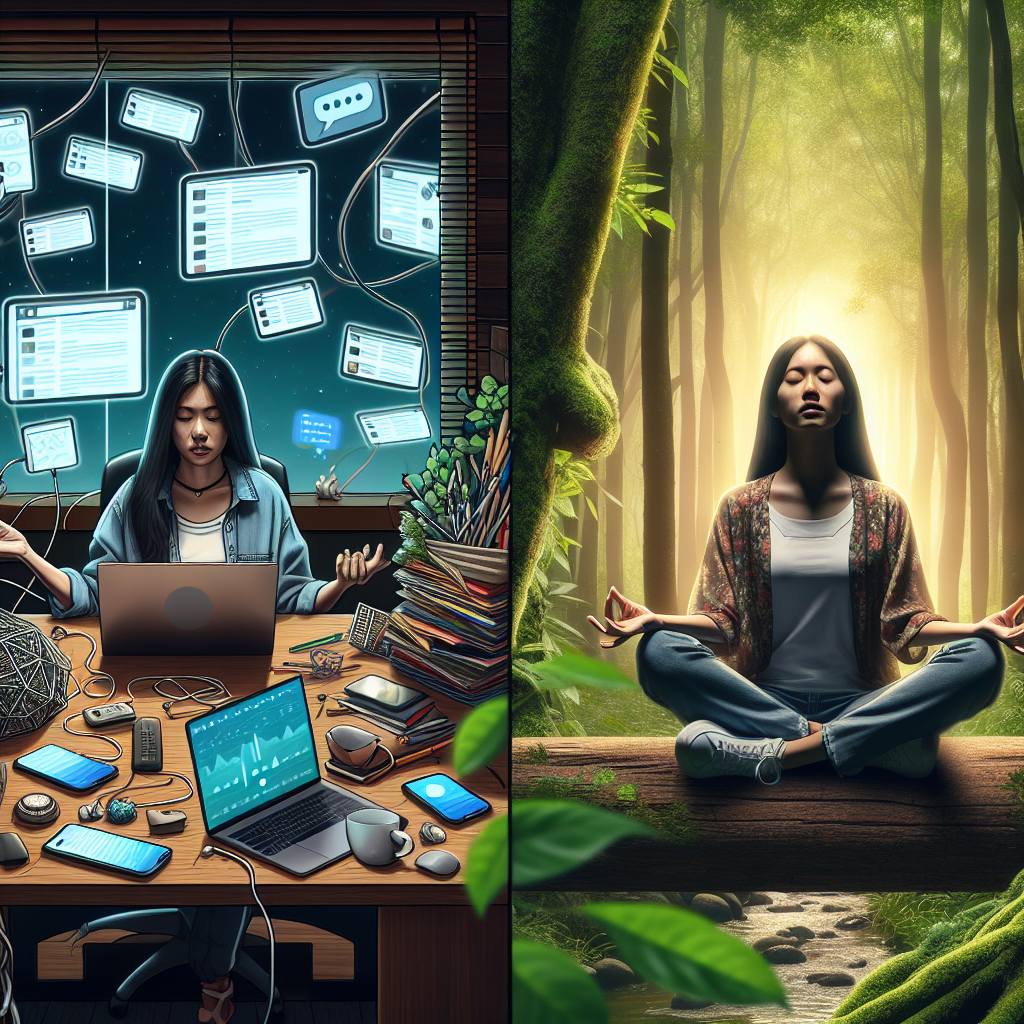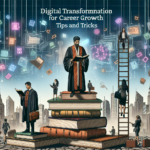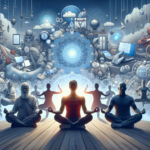-
Table of Contents
- Introduction
- The Rise of Technology in Indonesia
- The Need for a Digital Detox
- The Impact of Technology Overload
- The Benefits of a Digital Detox
- Practical Tips for a Digital Detox
- Set Clear Boundaries
- Turn Off Notifications
- Create Tech-Free Zones
- Engage in Offline Activities
- Practice Mindful Technology Use
- Conclusion
Introduction

In today’s digital age, technology has become an integral part of our lives. From smartphones to social media platforms, we are constantly connected to the digital world. While technology has undoubtedly brought numerous benefits, it has also led to a growing concern about the impact it has on our well-being and the need for a digital detox. This article will explore the concept of a digital detox, its importance in finding a balance between technology and real-life, and practical tips to implement it in our daily lives.
The Rise of Technology in Indonesia
Indonesia, like many other countries, has witnessed a rapid increase in technology adoption in recent years. With a population of over 270 million people, the country has seen a significant rise in smartphone usage and internet penetration. According to a report by We Are Social and Hootsuite, there were over 160 million internet users in Indonesia in 2020, with an average of 3 hours and 26 minutes spent on social media per day.
This increased reliance on technology has brought numerous benefits, such as improved communication, access to information, and enhanced productivity. However, it has also led to concerns about the negative impact of excessive screen time on mental health, relationships, and overall well-being.
The Need for a Digital Detox
A digital detox refers to a period of time when individuals disconnect from digital devices and technology to focus on real-life interactions and activities. It allows individuals to take a break from the constant distractions and pressures of the digital world and reconnect with themselves and their surroundings.
The Impact of Technology Overload
Excessive use of technology can have detrimental effects on various aspects of our lives. One of the most significant impacts is on mental health. Studies have shown a correlation between excessive screen time and increased levels of stress, anxiety, and depression. Constant exposure to social media can also lead to feelings of inadequacy and low self-esteem, as individuals compare themselves to the curated lives of others.
Moreover, technology overload can negatively affect our relationships. Spending excessive time on digital devices can lead to a lack of face-to-face interactions, reduced empathy, and decreased intimacy. It can also disrupt sleep patterns, as the blue light emitted by screens interferes with the production of melatonin, a hormone that regulates sleep.
The Benefits of a Digital Detox
Taking a break from technology and engaging in a digital detox can have numerous benefits for our well-being. It allows us to recharge and rejuvenate, reducing stress levels and improving mental health. Disconnecting from the digital world also enables us to be more present in the moment, fostering deeper connections with ourselves and others.
A digital detox can also enhance productivity and creativity. By eliminating distractions, we can focus better on tasks at hand and tap into our creative potential. Additionally, it provides an opportunity to explore new hobbies, engage in physical activities, and spend quality time with loved ones.
Practical Tips for a Digital Detox
Implementing a digital detox may seem challenging in a world that is constantly connected. However, with some practical tips and strategies, it is possible to find a balance between technology and real-life. Here are some suggestions to help you get started:
Set Clear Boundaries
Establish clear boundaries for technology use. Designate specific times or days when you will disconnect from digital devices. For example, you can create a “no-phone zone” during meal times or allocate a few hours each day for screen-free activities.
Turn Off Notifications
Notifications can be a constant source of distraction. Turn off non-essential notifications on your smartphone to minimize interruptions and regain control over your time and attention. Consider disabling notifications from social media apps or limiting them to important contacts only.
Create Tech-Free Zones
Designate certain areas in your home or workplace as tech-free zones. For example, keep your bedroom free from digital devices to promote better sleep and relaxation. Establishing tech-free zones can help create a physical boundary between technology and real-life activities.
Engage in Offline Activities
Find activities that you enjoy and that do not involve technology. This can include reading a book, going for a walk, practicing mindfulness or meditation, or engaging in a hobby. By consciously choosing offline activities, you can reduce screen time and reconnect with the world around you.
Practice Mindful Technology Use
Instead of mindlessly scrolling through social media or spending hours on digital devices, practice mindful technology use. Set specific goals for your technology use and be intentional about the content you consume. Use technology as a tool for productivity, learning, and meaningful connections rather than a source of constant distraction.
Conclusion
In conclusion, finding a balance between technology and real-life is crucial in today’s digital age. A digital detox provides an opportunity to disconnect from the constant distractions of the digital world and reconnect with ourselves and our surroundings. By implementing practical tips such as setting clear boundaries, turning off notifications, creating tech-free zones, engaging in offline activities, and practicing mindful technology use, we can achieve a healthier relationship with technology and enhance our overall well-being. So, take a step back, unplug, and embrace the beauty of the real world.




